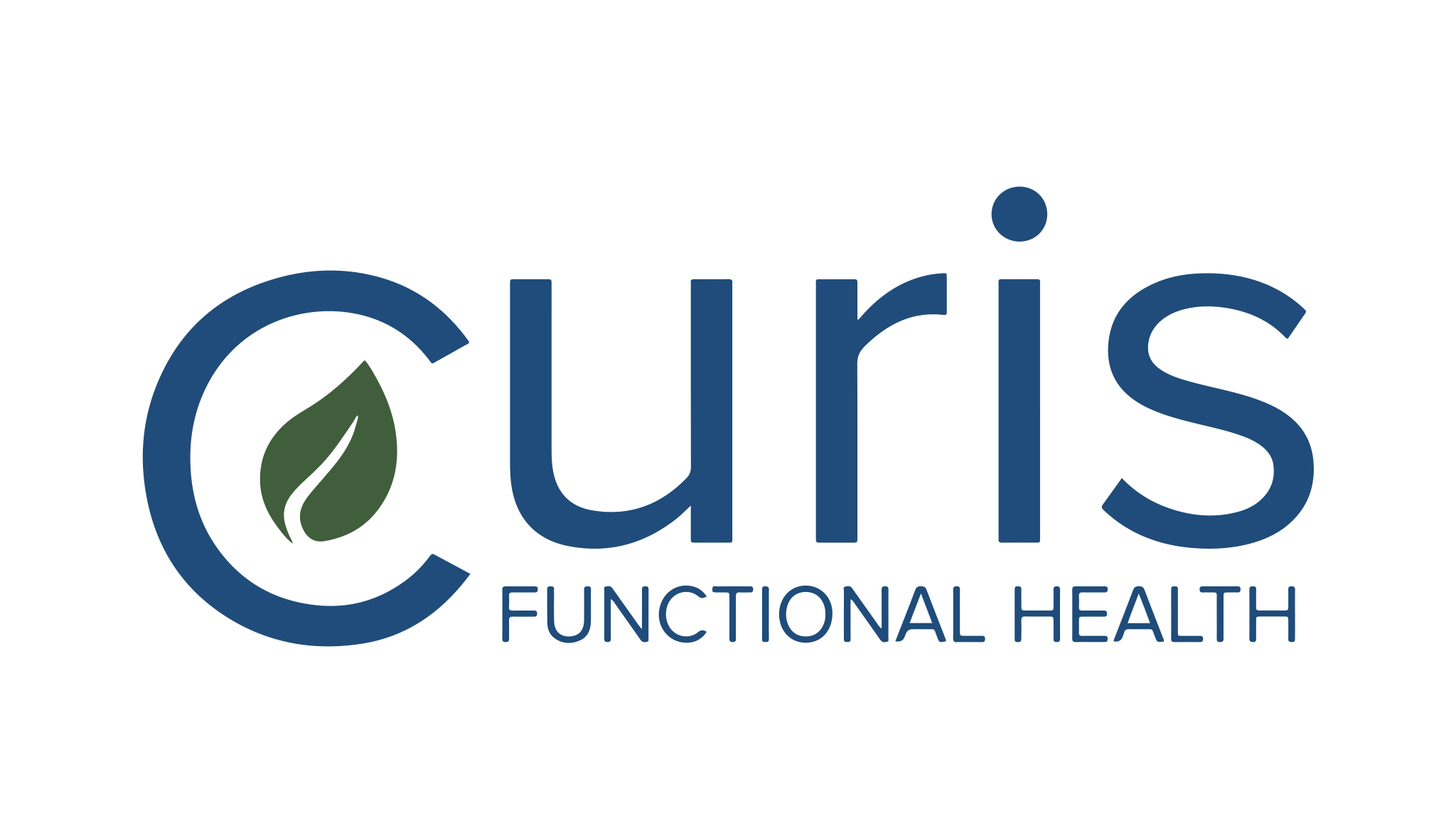Reading a nutrition label can be overwhelming especially if you’re unsure of what to look for. Using the nutrition label and the ingredient list can help you understand and know how to better choose products. Nutrition labels can be hard to understand, but they don’t have to be. To make it simple and easy for you here are the 5 best tools on a nutrition label.
Serving Size
A serving size is a standardized amount of foodwith specific calorie and nutrient content.
Using the label above eating 2 cups instead of 1 cup, would be 2 servings. Increasing the servings by 2 doubles all values on the nutrition label, including the %Daily Values. *%DVs are based on a 2,000 calorie diet and are required on all food labels.
Contrary to popular belief serving size and portion size are different.Portion size is how much food is portioned onto the plate.
Calories
Calories are a measure of energy based on the serving size of the food.
The minimum amount of calories an average adult should consume is 1,200 calories, but almost all adults have higher needs than 1,200 calories. Each person has different energy needs based on sex, age, and activity. If you would like to find out what your energy needs are click here to come see me.
Fat, Cholesterol + Sodium
Fats, cholesterol, and sodium are things to limit. Eating too much fat, saturated fat, transfat, cholesterol, and/or sodium may increase the risk of heart disease and high blood pressure.
Avoid trans fat a.k.a partially hydrogenated oil on ingredient lists.Sometime the label with reflect 0g trans fat although the ingredient list says “partially hydrogenated oil”. Per FDA regulation if a food contain less than 0.5 g of trans fat per serving it is labeled as 0 g of trans fat per serving.
.
When looking at saturated fat, theAmerican Heart Association suggests that no more than 5% to 6% of calories come from saturated fat.
For healthy Americans adults 2,300 mg of sodium is the threshold to each day.Those with heart conditions or athletes will have different needs.
Fiber + Vitamins
Eating more fiber, vitamins, and minerals can improve your overall health. The more colorful your plate the more vitamins and minerals it has.
Fiber promotes regular GI function. To increase the amount of fiber each day, eat more fruits, vegetables, and whole grain. Not only are they high in fiber, but low in saturated fat and cholesterol. Manystudieshave shown that fiber-rich diets may reduce the risk of heart disease.
Women should eat no less than 25 g fiber daily and men no less than 38 g fiber daily.
Ingredients
Check the ingredient list for additives, partially hydrogenated oils, high fructose corn syrup, and dyes. Ingredient lists shouldn’t be too long and should be mostly familiar to you. Sometimes you may not know what an ingredient is, instead of putting it back without ever knowing schedule a grocery store tour where we can go over real life products together.
The images used are from the FDA a Sample Label for Macaroni and Cheese
